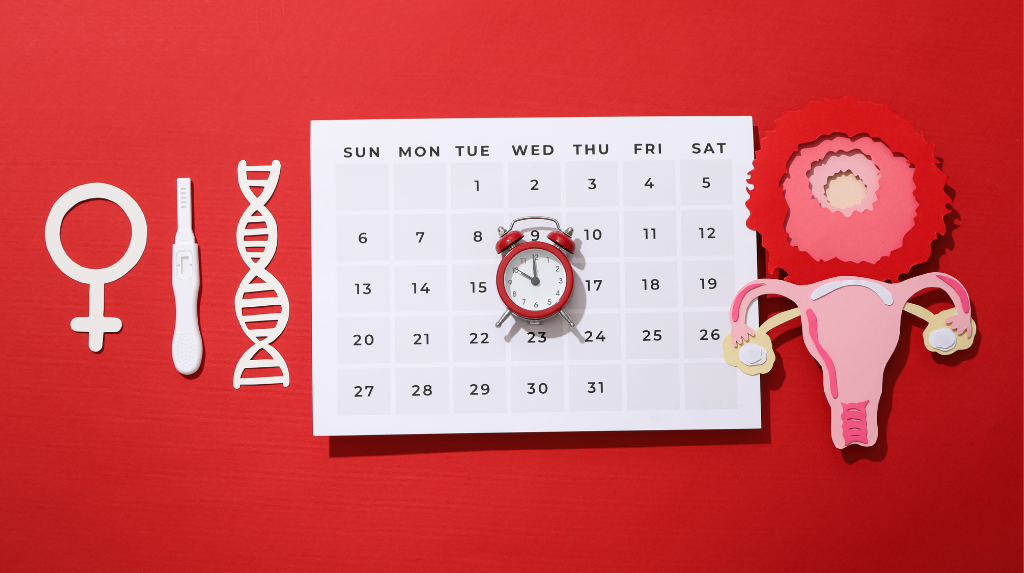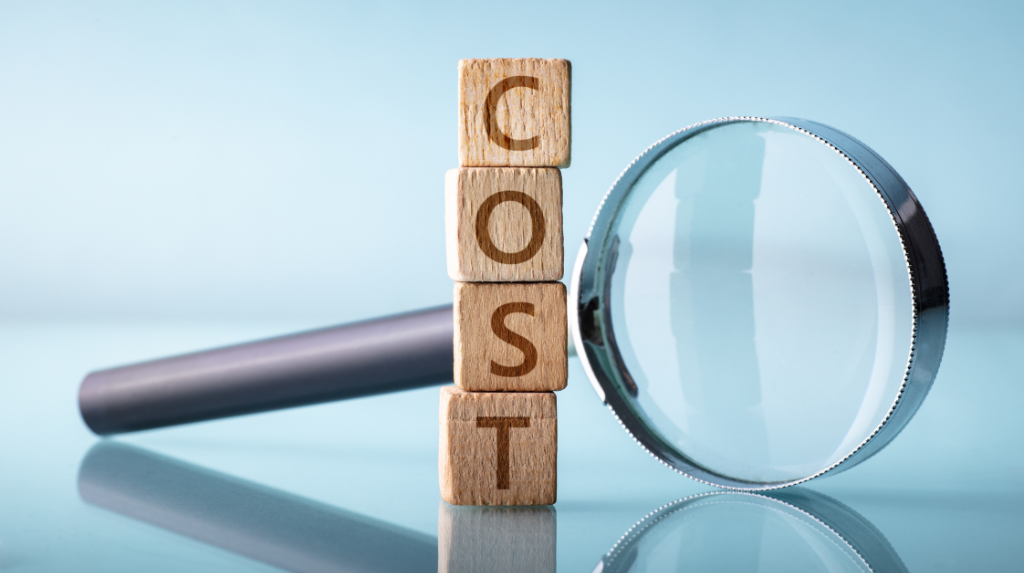If you’re on an H-1B visa and have married a U.S. citizen or a lawful permanent resident (green card holder), you can apply for a marriage-based green card to stay in the U.S. permanently and continue working. A green card is also a step towards becoming a U.S. citizen.
This process can be complicated, particularly because the requirements differ depending on whether your spouse is a U.S. citizen or a green card holder. It’s crucial to fully understand the steps involved to avoid delays.
How to Transition from an H-1B Visa to a Green Card
The H-1B visa is a “dual-intent” visa, meaning holders can seek permanent residency (a green card) while working in the U.S. This makes it easier for H-1B visa holders to apply for a green card without concerns about misrepresenting their intentions when they arrived in the country.
However, the process for changing from an H-1B to a green card depends on whether your spouse is a U.S. citizen or a green card holder, and each path has its timeline.
Two Ways to Get a Marriage-Based Green Card
There are two main ways you can switch from an H-1B visa to a green card based on marriage, depending on whether your spouse is a U.S. citizen or a green card holder.
Path 1: If You’re Married to a U.S. Citizen
If your spouse is a U.S. citizen, the process is straightforward. You will need to file two main forms:
- Form I-130 (Family Sponsorship Form) – This proves your marriage.
- Form I-485 (Green Card Application) – This requests your green card.
H-1B holders married to U.S. citizens can file these forms together, which is called “concurrent filing.” This helps speed up the process, reducing the time it takes to transition from H-1B to a green card.
Important: Once you file Form I-485, avoid traveling outside the U.S. without a travel permit. If you leave without it, your green card application may be canceled, and you’ll have to restart the process.
Work Permit: Since the green card process can take a while, we recommend applying for a work permit (also called an Employment Authorization Document or EAD) at the same time as your green card application. USCIS typically approves this permit in about 150 days, allowing you to work while you wait. If your H-1B visa expires while you’re waiting, you can use the work permit.
Path 2: If You’re Married to a Green Card Holder
For those married to a U.S. green card holder (permanent resident), the process is more complicated. You’ll still need to file Form I-130 to prove your marriage, but you’ll have to wait for a visa number before you can file Form I-485 (your green card application). Unlike spouses of U.S. citizens, spouses of green card holders don’t get an immediate visa number.
Important Update (March 24, 2023): Due to changes in the Visa Bulletin, the waiting time for green cards in the F-2A category (for spouses of green card holders) has increased. The priority dates for applicants from some countries, like Mexico, have regressed, leading to longer wait times.
For many H-1B holders, this means waiting for about two years before they can file their green card application.
Work Permit: Similar to those married to U.S. citizens, spouses of green card holders can apply for a work permit with their green card application. However, you must wait until you have received a visa number before filing for work authorization. If your H-1B visa expires before this, you may need to leave the U.S. and apply for a green card through consular processing, which can delay your ability to return and work.
Immigration Fee Changes
Important: The cost of switching from an H-1B visa to a marriage-based green card could increase due to a rise in immigration fees. Starting in the summer of 2023, government fees may go up by as much as 130%. Stay updated on potential changes by checking the USCIS fee guide.
How Long Does It Take to Get a Marriage Green Card?
The timeline for getting a marriage-based green card depends on whether you’re married to a U.S. citizen or a green card holder:
- Spouses of U.S. citizens: 10 to 23 months
- Spouses of green card holders: 29 to 40 months
Frequently Asked Questions (FAQs)
What if my H-1B visa expires before my green card is approved?
If your H-1B visa expires before USCIS approves your green card, you must leave the U.S. and continue your green card process through consular processing. If you’ve already filed your family sponsorship form, you won’t lose your spot in line, but you can’t remain in the U.S. until USCIS issues your green card.
What happens if I lose my job while on an H-1B visa?
If you lose your job while waiting for a green card, it can be stressful. You might be able to get another visa, like an F-1 student visa, but keep in mind that these visas don’t allow you to work. Learn more about your options if you lose your job while on an H-1B visa.
What if the sponsoring spouse changes their status?
If your spouse becomes a U.S. citizen while your green card application is still pending, your process can speed up. You can update your case with USCIS to benefit from the faster timeline for spouses of U.S. citizens.
Steps to Transition from H-1B to Marriage Green Card
1. Eligibility Confirmation
- Ensure that you and your spouse are legally married and that your marriage is bona fide (genuine) and not just for immigration purposes.
- Your spouse must either be a U.S. citizen or a lawful permanent resident, and they must meet certain income requirements to sponsor you for the green card.
2. Filing the Necessary Forms
- Form I-130: This is the Petition for Alien Relative, filed by your spouse to establish the relationship.
- Form I-485: This is the Application to Register Permanent Residence or Adjust Status, which you will file concurrently with Form I-130 if your spouse is a U.S. citizen.
- If your spouse is a green card holder, you must wait until a visa number becomes available before filing Form I-485.
3. Concurrent Filing
- If married to a U.S. citizen, you can file Forms I-130 and I-485 simultaneously (concurrent filing), which can expedite the process since immediate relatives do not have to wait for a visa number.
4. Interview Process
- After submitting your applications, USCIS will schedule an interview for both you and your spouse. This typically occurs 7-15 months after applying. During the interview, USCIS will assess the authenticity of your marriage and your eligibility for a green card.
5. Approval and Green Card Issuance
- If approved, you will receive your green card in the mail within 2-3 weeks post-interview. If you’ve been married for less than two years at the time of approval, USCIS will grant you a conditional green card. After two years, you’ll need to take further action to remove those conditions.
Switching from an H-1B visa to a marriage-based green card can be a complicated but rewarding process. By understanding the steps involved and staying ahead of deadlines, you can make this transition as smooth as possible. Be sure to consult with an immigration expert to navigate any changes and to avoid unnecessary delays.
How Law and Visas Can Help?
At Law and Visas, our team of expert immigration consultants is here to make your travel straightforward and successful. Whether you’re applying for an IR-1 Visa or a K-3 Visa, we handle every step—from preparing your application to gathering the required documents.
Our Immigration Consultants and Lawyers ensure that your application meets the highest standards, with no details missed. We’ll also keep you informed throughout the process and coordinate with the immigration office or embassy on your behalf.
Law and Visas have a strong record of helping clients secure the visas/permits they need for International travel. You can call us today at +234 812 5505 986 to learn how we can help you.





